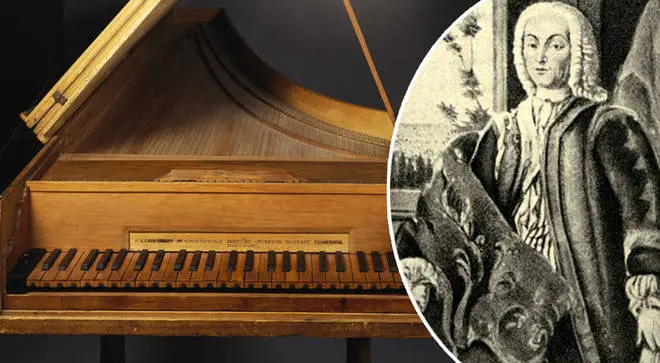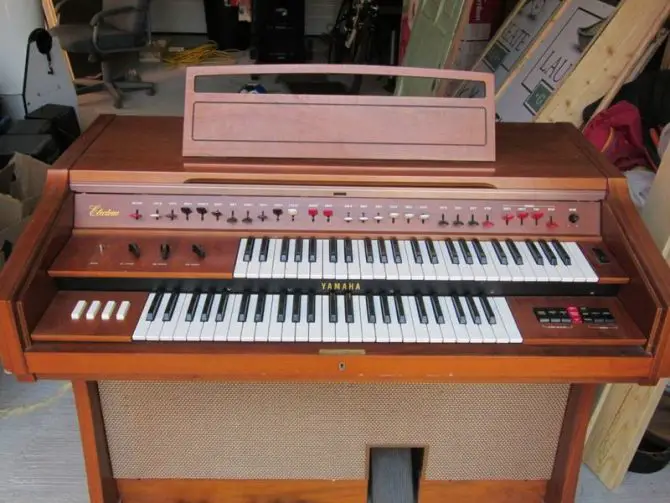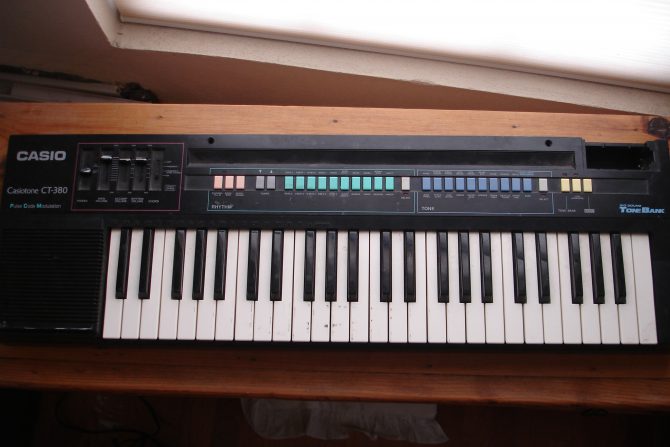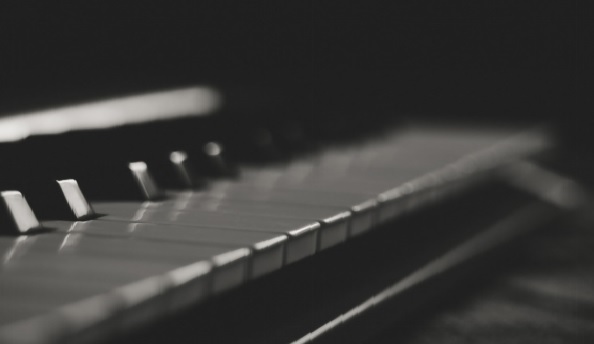
Although there are countless different types of piano keyboards available today, they weren’t always so common. Someone somewhere had the idea to put together a series of black and white keys that would work together to create melodies. So how exactly did the concept of the piano keyboard come about?
When Was The Piano Keyboard Invented & Who Invented It?
The earliest pianos date back all the way back to 1698 by Bartolomeo Cristofori (the Keeper of Instruments for the Grand Prince of Tuscany) in Italy. The exact nature of what the first piano was is still a bit confused, but by 1700, the first piano was already in existence.
Another prominent name that stands out is that of Sebastian Leblanc who suggested that the black and white keys had distinctive purposes and weren’t just so by accident. The piano was a result of discontent surrounding the sounds of the harpsichord and the clavier. Musicians had little control over their sounds and notes had started sounding monotonous so it was time to start getting creative.
Bartolomeo is credited with this great invention since he was the one to devise the hammer function of the keys (with no prior research to go on!) which essentially paved the way for the modern acoustic piano. Although the sound and volume was still not controlled as what we have today, later researchers were able to thicken the hammer strings for greater control over piano sounds.
Other important names in the history of pianos include:
- Gottfried Silbermann who introduced the damper pedal to pianos.
- Sebastien Erard who introduced the double escapement action so that one note could be played repeatedly if required.
- Henri Pape who introduced felt hammer strings.
The firm of Broadwood also contributed to the research and development of pianos in the late 1700s. For more insight into how we eventually arrived at the development of keyboard instruments for acoustic pianos, read the timeline at the end of this article.
Who Are The Major Manufacturers of Piano Keyboards?
Although there are many keyboard piano manufacturers worldwide, only a few have the privilege of being known for their quality instruments. These include:
Yamaha
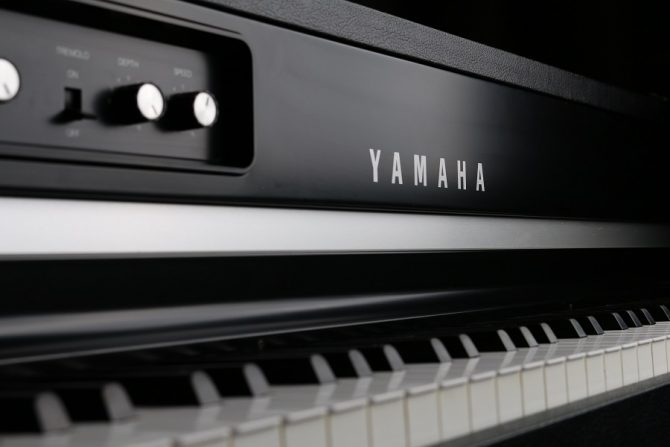
Yamaha keyboards have been around since practically forever, and with years of being a market leader comes years of expertise. It has been consistently putting out quality instruments, and not just those that cater to professionals, but also those for beginners and amateurs.
You can easily find a Yamaha keyboard that fits both your budget and specifications whether you just want to play for fun (the P-Series for beginners) or professionally (the Yamaha Arius for pros). In fact, it is quite easy to find an 88-key instrument in a pretty affordable price range.
Casio
 Credits
Credits
Apart from being known for its quality watches and reliable calculators, Casio is a pretty strong player in the musical instruments market. Much like Yamaha, it too provides hammer-action keyboards at affordable prices.
Again, Casio instruments cater to both amateurs and professionals and are quite durable. With models like the CTK-2550 for beginners and the PX870 for pros, Casio has something for everyone.
Roland
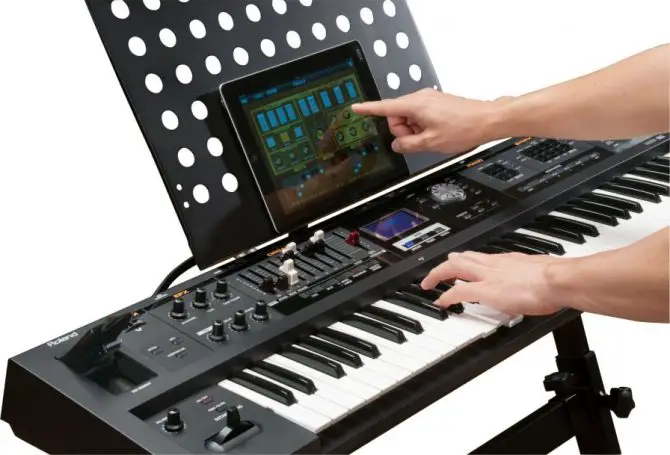
Roland keyboards offer the benefit of sounding like Grand Pianos. In fact, the Roland: Go Keys has made it to a number of top lists for keyboard instruments for beginners. It is a 61-key instrument that has a number of advanced features such as Bluetooth-enabled speakers.
It even caters to professionals with its RD-2000 Stage Piano model that has 2 independent sound systems and premier action!
Korg
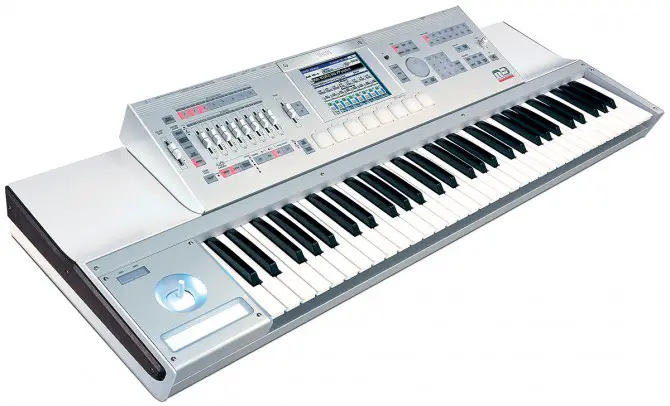
Korg instruments are a little lower down the list, not because of their quality but because of their price range. Despite being durable, portable and offering a range of features, they are not meant for every pianist’s budget.
Amateurs can try the SP-280 that is portable and has metronome. The LP-380 is best for professionals and features 3 pedals. It isn’t the most portable instrument, but it offers fantastic sound quality.
Kawai
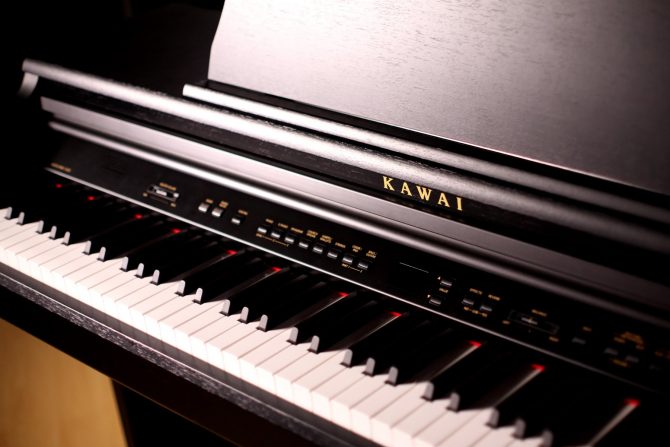
Kawai is on the cheaper end of keyboard instruments. It offers keyboards that cater to pretty much every genre, from punk to pop to rock. Its instruments sound and feel like real pianos while at the same time offering bright color schemes for those people who just want a splash of color in their lives (the colors are not as neutral as those of Yamaha or Casio).
The ES100 is a great beginner keyboard with metronome, MIDI and built-in recorder. The CE220 is better suited for professionals and features an easy to use LED display.
All these brands offer many different instruments with different numbers of keys and different styles. Once you know which level you’re at (beginner, intermediate or pro), you can select a brand and a keyboard model.
When Did Yamaha Start Making Piano Keyboards?
Yamaha has been involved in the manufacture of instruments since 1887 since they first started making reed organs. Over the next hundred years, it started making acoustic pianos and with advancing technology, by 1959, introduced the first electronic keyboard- the D-1 Electone home organ. Fast track to 1974 and Yamaha introduced its first synthesizer, the SY-1. This model was so successful that by 1975, Yamaha came out with the SY-2 which came with additional sound filters.
With their many years of expertise, Yamaha has managed to become one of the top manufacturers for quality keyboard instruments. Through extensive research and development, they have managed to improve their sound quality and instrument design with every passing century. They now specialize in all sorts of instruments, from acoustic to synthesized sounds.
Yamaha’s Keyboard Range
- The SY Series
- CS Series (inspired by the SY synth series)
- DX/TX Series- features the DX7 model, one of Yamaha’s top 3 sellers in the synthesizer category since inception.
- VL Series- with latest addition of Virtual Acoustics
- MOTIF Series- introduced in 2001, this series features onboard sequencers
- MONTAGE Series- one of Yamaha’s most high-tech series with the most features.
When Did Casio Start Making Piano Keyboards?
Once known for manufacturing some of the best calculators in the world, Casio glided into the musical world in the late 1970s. The first step was the introduction of the Casio calculator where flipping a switch would convert it into an 11-key keyboard. While this obviously wasn’t an instrument that you’d expect to see in the hands of a serious musician, it was Casio’s gateway into the world of music.
Their earlier designs were far from perfect- with issues in the design, sound quality and rhythm, it took some time and testing to finally reach the status that Casio has today.
Casio released its first ever electronic keyboard, the Casiotone 201 in 1980. This decently priced, “sleek” instrument received a positive response from musicians globally, and thus began Casio’s journey as one of the best keyboard manufacturers worldwide.
This also paved the way for Casio to add new innovations to their products such as auto-accompaniment, the record-and-playback function, auto-play, sampling technology, and so on.
By 1986, it introduced its first digital piano and by 1994, it managed to launch a keyboard model that came equipped with light-up keys. By 2002, it introduced a sleeker design of the digital piano which is pretty much the style followed in their keyboard instruments today.
What Is The History of The Piano Keyboard?
Below, you can find a timeline for the major developments that lead to keyboard pianos as we know them:
- 1700- the “piano-e-forte” introduced in Florence, Italy
- 1739- first upright piano introduced in Gagliano, Italy
- Early 1700s- precursor added to the piano pedal for a sustained sound
- Late 1700s- Mozart started composing (not the invention of the keyboard, but still a major point in history!)
- Early 1800s- Broadwood investigates the manufacture of sturdier instruments
- 1863- the first “self-playing” piano is invented
- Late 1800s- Grand piano introduced
- 1939- Percussion sounds added to pianos using nuts, bolts, etc.
- 1980s- the digital piano enters the scene- this eventually paved the way for digital pianos that had weighted keys to emulate acoustic pianos
- 2000s- technology is combined in pianos in the form of MIDI compatibility, built-in learning tools and computer screens, Bluetooth, and so on.

